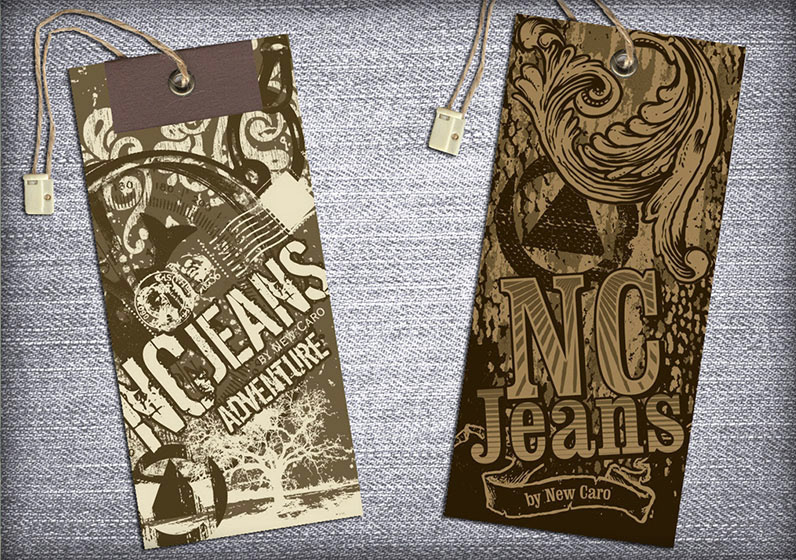

It’s a complicated and extremely stylized form of writing that, to the untrained eye, is not easy to read. Wildstyle is a particular style of writing that was developed and popularized by graffiti artists like Tracy 168, Stay High 149 and Zephyr in New York City. Graffiti artists like stickers because they can take their time on the art in private, then quickly slap them up wherever. It’s just as likely to see elaborate, professional-looking printed stickers with a message or image plastered all over.
Tagger designs free#
Graffiti writers used to use the “Hi, My Name Is” name tag stickers, but these days it’s also common to see them on the free address labels you can get from the Post Office. Stickers are a quick and easy (some say lazy) way to throw up a tag quickly. This is the type of graffiti that was made popular by the likes of Blek le Rat and Banksy and has now taken hold with graffiti writers everywhere. Even if you use two or three layers to make a more colorful and intricate picture, stencil graffiti can be thrown up in a matter of minutes. By holding the stencil against the wall and spraying, you can get a much more detailed picture than you would be able to with just a spray can. Using stencils is a quick and effective way to put up somewhat-complicated pieces very quickly. When a graffiti writer goes out bombing, they’re usually either putting up tags or throw-ups all over their area. They’re usually done in bubble letters, often in one color with a differently-colored outline. A throw-up is something that can be done quickly and repeatedly, while still identifying the writer.

Throw-UpĪ throw-up is a little more complicated than a tag, usually having two or three colors, but not nearly as elaborate as a piece. If a tag is put up over another writer’s tag or piece, it’s extremely disrespectful. Tags can be seen everywhere and are done in spray paint, markers or pens. Tags are basically the graffiti writer’s signature if they’re associated with a crew, they might also contain the crew’s name or initials. Tagging is the simplest type of graffiti, consisting of the writer’s street name in one color. There’s a whole language and complicated hierarchy of graffiti out there that most people simply walk by every day without noticing. From the simple, quickly-done tags to the elaborate and often breathtaking full-wall pieces, graffiti runs the gamut.

When you walk by graffiti in the street, do you take the time to study it? Do you look at its composition to determine the intention of the person behind the spray paint can? If you do, you may notice that there are identifiable styles or types of graffiti.


 0 kommentar(er)
0 kommentar(er)
